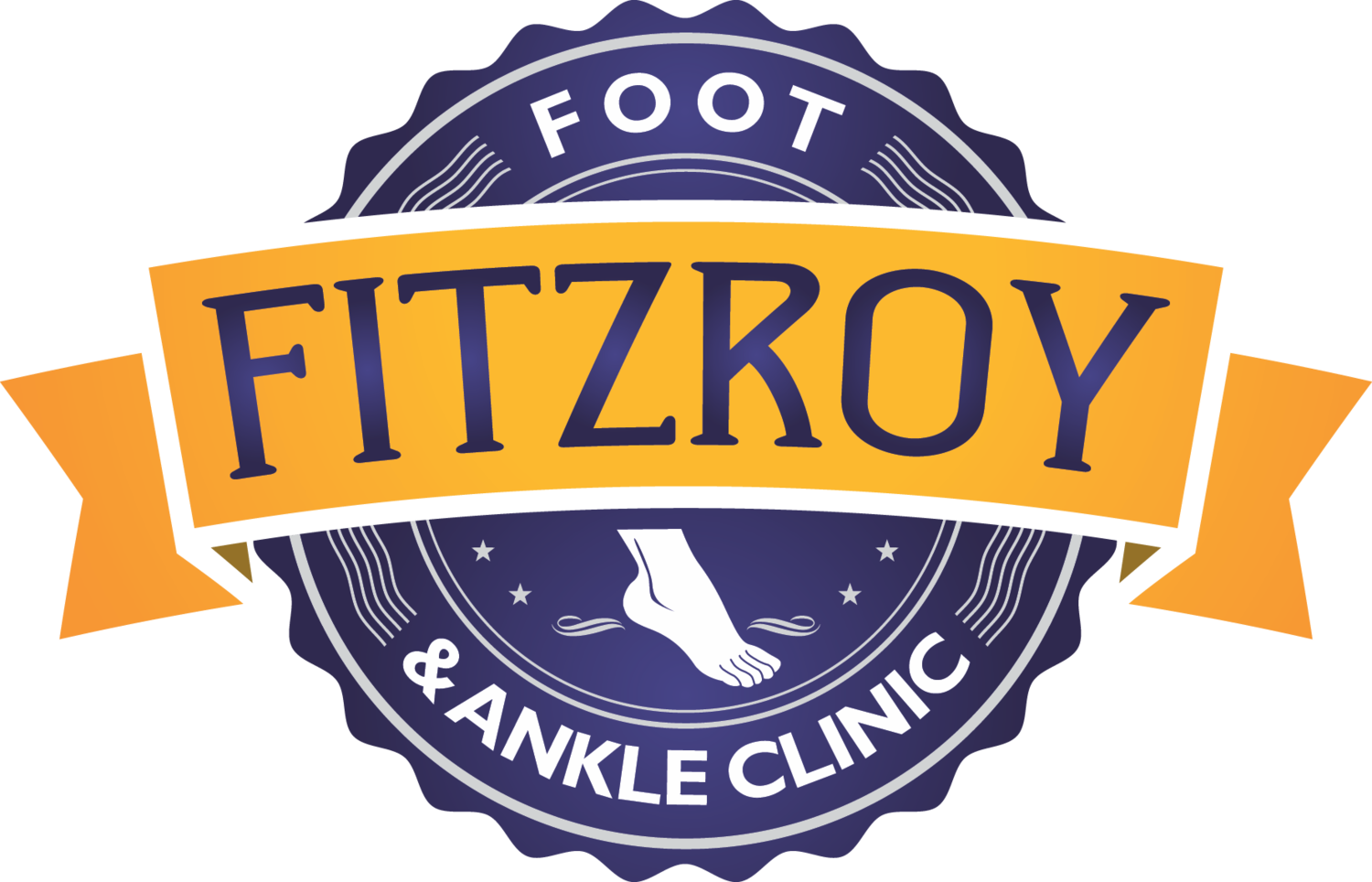The most common reason runners get injured is increasing their training load too quickly.
A rapid increase in training load, or equally as problematic, an increase in training intensity before one is adequately conditioned, are the two errors most commonly made.
tips to eliminate training errors
Don’t increase too quickly
Due to the repetitive nature of running, the body’s tissues must have the capacity to withstand the increase in stress. These tissues include everything from tendons, bone, muscle, ligaments, and skin. The body can add capacity to these tissues but it needs time to get stronger. We are mostly impatient people, who want quick results. For that reason, most runners increase their training load too quickly (without adequate adaptation to add capacity) and then find themselves injured.
How slow you need to go depends on a range of factors including your current fitness, your goals and your type of activity. Therefore, having a conversation with an expert is ideal.
Book with our running expert
Sophie Ryan is a sub-elite marathon runner with 15 years of running experience
2. Don’t run too fast
It sounds simple, but the faster you run the more likely you are to be injured. The body must be conditioned to easy pace running, after hundreds of kilometres of consistent running, before it can progress to faster running, or higher intensities. Higher intensities may include activities like hill sprints, or fartlek training.
3. Think about who you run with
There are many benefits to training in a group, be it a small or large group. However, a very common training error, is running with a person or people, that can push you too much for the level you’re at, which will increase your intensity too fast and lead to an injury. So find a running mate who is at the same level and you can improve together.
4. Run on different surfaces
Accumulating too many run-in kilometres on hard surfaces (such as concrete) is a common training error. It’s critical to run on a variety of surfaces including, crushed rock, an even trail, and well maintained grass. Running on concrete is fine, but can increase risk of injury if it’s the only surface trained on.
5. Give yourself time to recover
“Training” is not just the running that is done on the road or trail, it’s the full and complete weekly structure being undertaken by a runner. This includes the most important aspect of training, recovery. For the body to absorb the stress of a run, and indeed improve the body’s capacity to run, there must be adequate recovery built in to a training week. An overlooked training error is to neglect your recovery such as a lack of sleep, inadequate rest between runs, or poor nutrition.
Load Management
Managing the load that is applied to bodily tissues can prevent an injury



